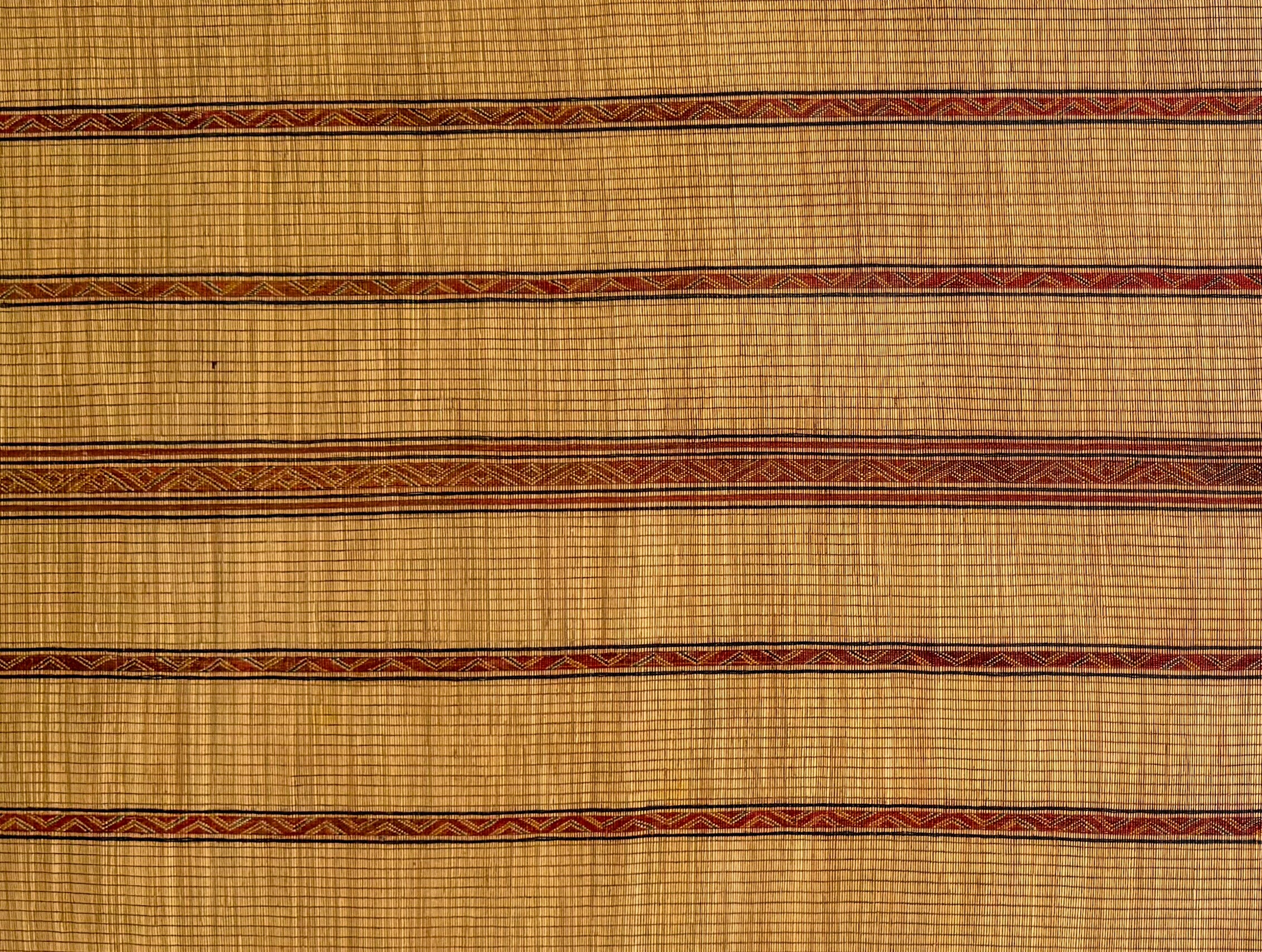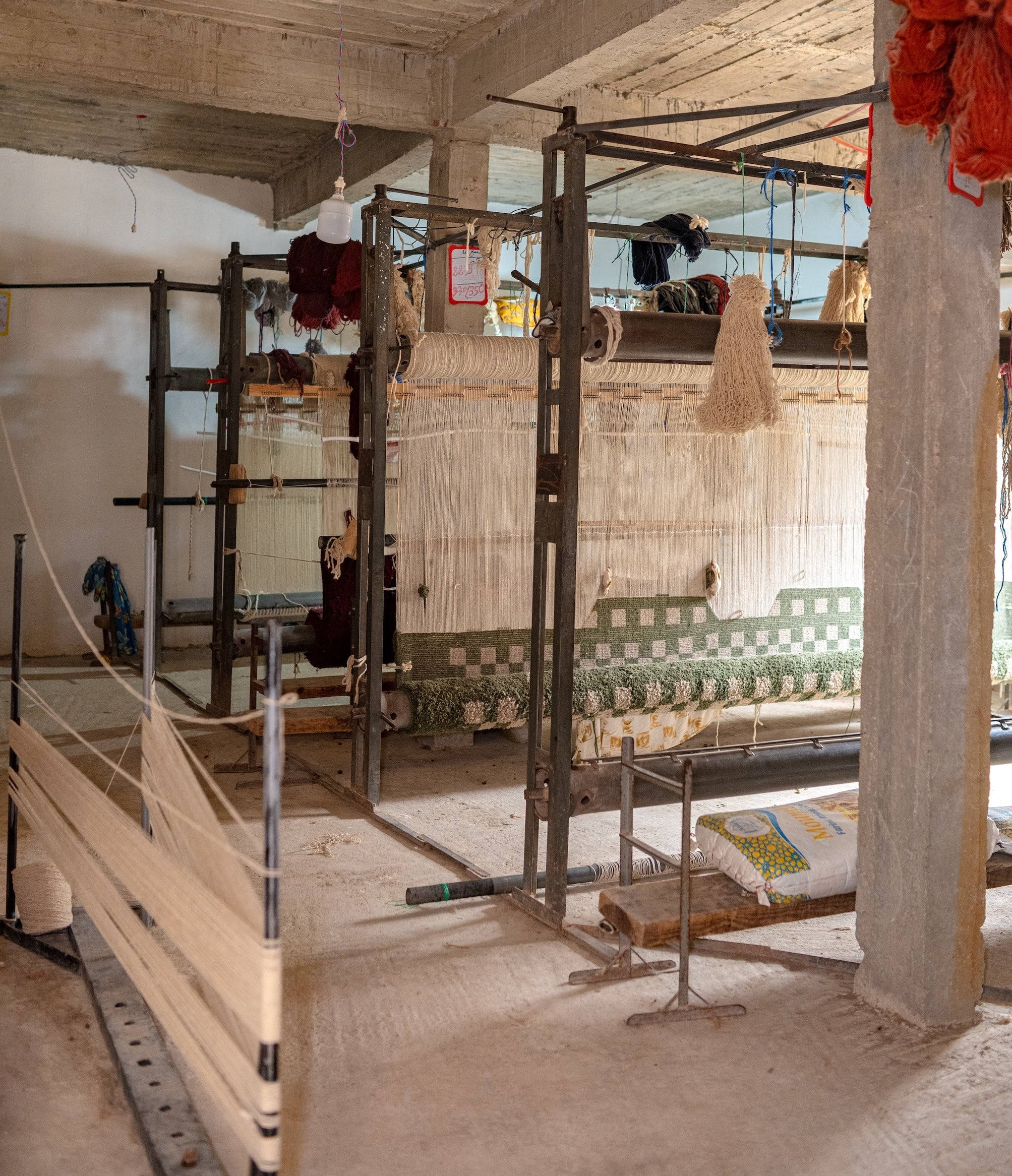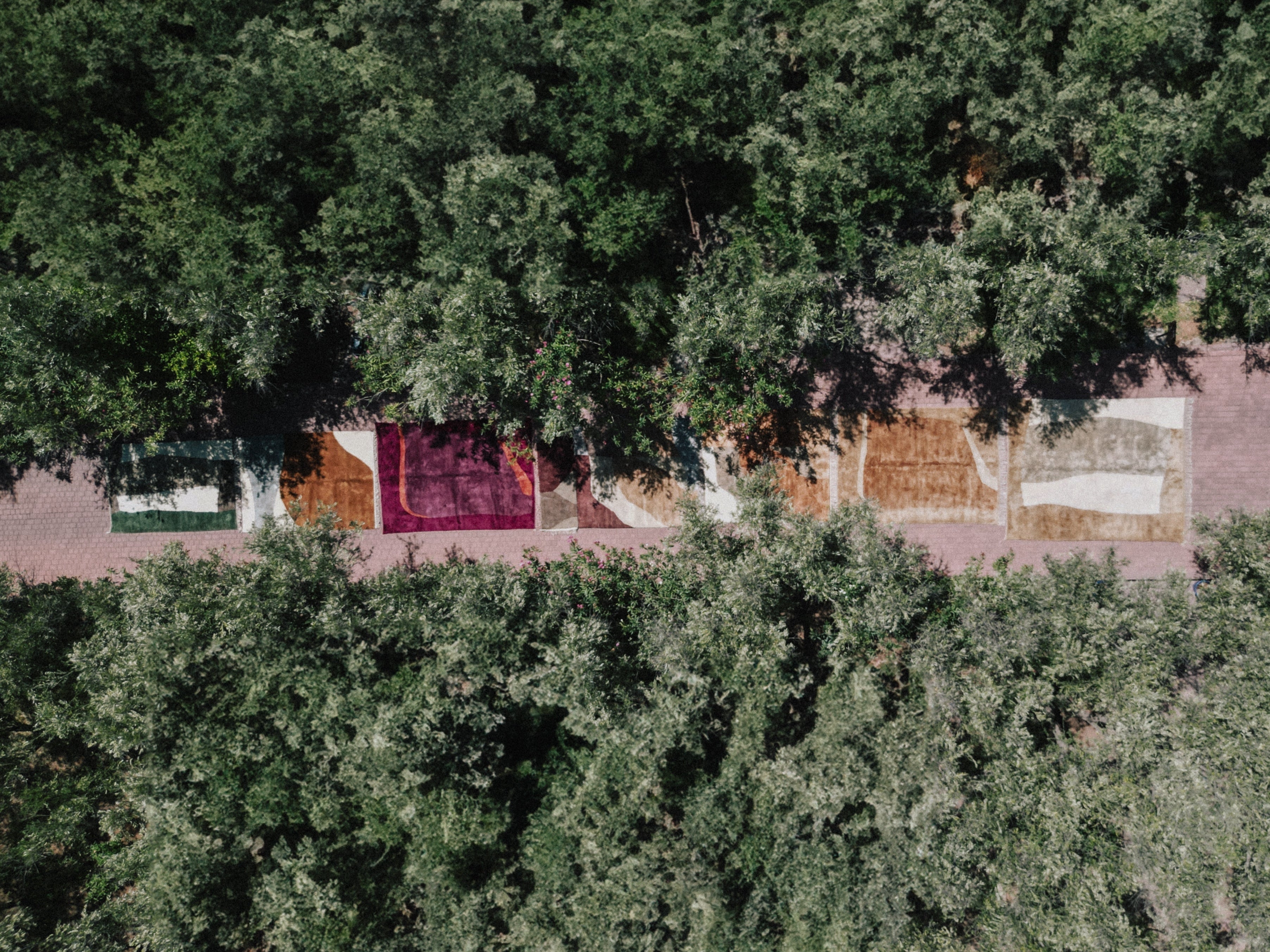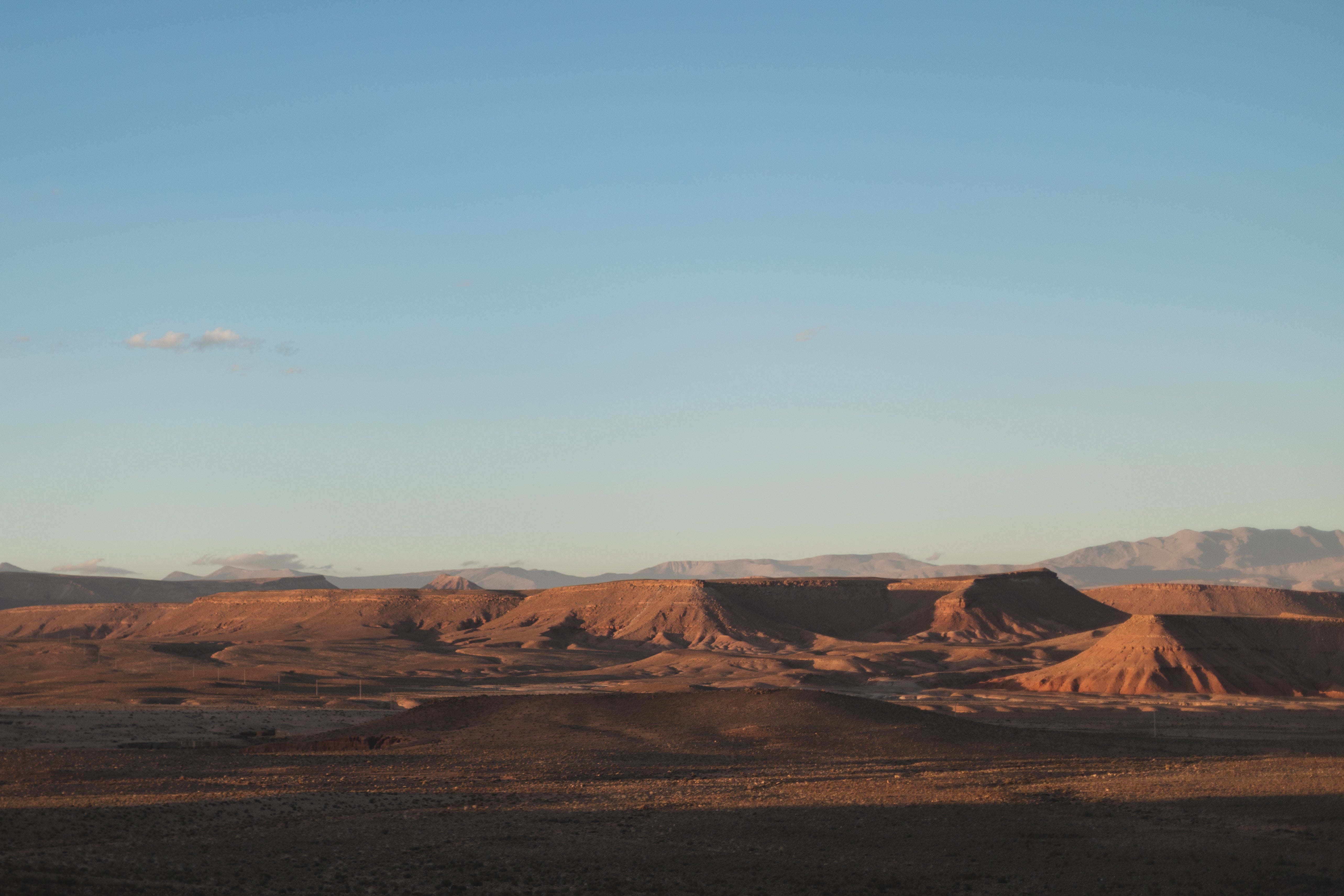Tuareg Mats
Salam Hello is excited to welcome a new style of rug to our collection: Tuareg Mats.
These beautiful pieces are woven by female artisans who are part of the Tuareg tribe. While this tribe is within the Amazigh nation they do not usually come from Morocco. Tuareg people reside throughout the vast Sahara region, stretching to parts of Mali, Mauritania, and Burkina Faso to name a few.
Tuareg mats were originally used as flooring and walls for the Nomadic Taureg tribe. They are extremely lightweight which makes them easy to transport and also very durable, which allows them to withstand the harsh climate of the Sahara desert.
In the West, Tuareg mats are often falsely marketed as Moroccan, but these mats have their own unique history. Traditionally, nomadic traders collect vintage and new Taureg mats as they make their way to Morocco along the Saharan trading route. Once they reach Morocco, they tend to resell them to the souks and bazaars who in turn resell them to the end consumer.

At Salam Hello we've sourced Tuareg Mats differently. We've established unique connections with a handful of villages within Mauritania and Mali to source mats that come directly from the artisans in these villages.

The base of Tuareg mats are made of reed sourced from the Senegal or Niger River. The reed from this area is extremely strong and resilient. The decorative motifs are woven into the reeds with strips of goat and/or camel leather. While the leather is usually kept natural, some tribes are known to dye their leather with local plants and spices to derive vibrant red and green hues.

Tuareg Mats are woven via a loom situated on the ground. Depending on the size, a minimum of two artisans intricately weave thin reed strands throughout the loom. Following the creation of the base the mats are then decorated by twisting woven leather through the reed base.

Each mat is one-of-a-kind and tells a unique story from the artisan. The design motifs are similar to those in traditional Moroccan Amazigh pieces, often representing strength, protection, and prosperity.




